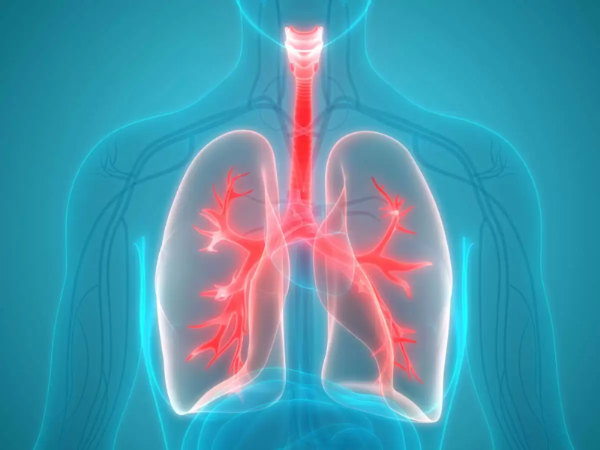Scientists develop '3D robotic motion phantom' that can reproduce human lung motion
Total Views |
New Delhi, July 20: Setting the example for others, Indian scientists have developed a '3D Robotic Motion Phantom' that can reproduce human lung motion during breathing. This can help the medics in easily treating cancer patients as the new phantom will help to deliver focussed radiation in cancer patients.

The major part of the phantom is a dynamic platform over which any dosimetric or imaging quality assurance devices can be placed, and the platform can mimic 3D tumor motion by using three independent stepper-motor systems. The newly invented has been placed inside a CT scanner at a hospital where cancer patient is being treated.
Also Read | Jeff Bezos to soar into space on Blue Origin New Shepard; All you need to know about launch-
Sometimes, the non-cancerous regions are targeted among the cancer patients undergoing therapy due to the breathing motions. The new 3D robotic motion phantom can help focus these by simulating the lung movement. As a result, the therapy may prove to be more effective with minimum radiation exposure. The high-quality images of advanced 4D radiation therapy treatments can be obtained with a minimum dosage of radiation exposure. Before the targeted radiation is delivered to a human subject, its effectiveness in focusing only on the tumor is checked with this phantom.
This is the first time in India for manufacturing this type of robotic phantoms, and it is more affordable than other imported products available in the market as the program can be changed to produce different types of lung motion.
Ashish Dutta, Professor at Indian Institute of Technology, Kanpur, along with Professor K. J. Maria Das, Professor from Sanjay Gandhi Postgraduate Institute of Medical Sciences (SGPGIMS), Lucknow, developed the programmable phantom device using funds under the ‘Make in India’ initiative supported by Government of India’s Advanced Manufacturing Technologies program of the Department of Science and Technology (DST).
Also Read | Ola electric scooter receives 'tremendous response', gets 1 Lakh bookings in just 24 hours
As per the official release by the ministry, Doctors in India may soon have the facility to simulate the lung motion of a cancer patient to help deliver focused radiation in the upper abdomen or thoracic region. Researchers have called it a game-changer in the treatment of lung cancer that poses challenges such as irradiation during the therapy.
.
.